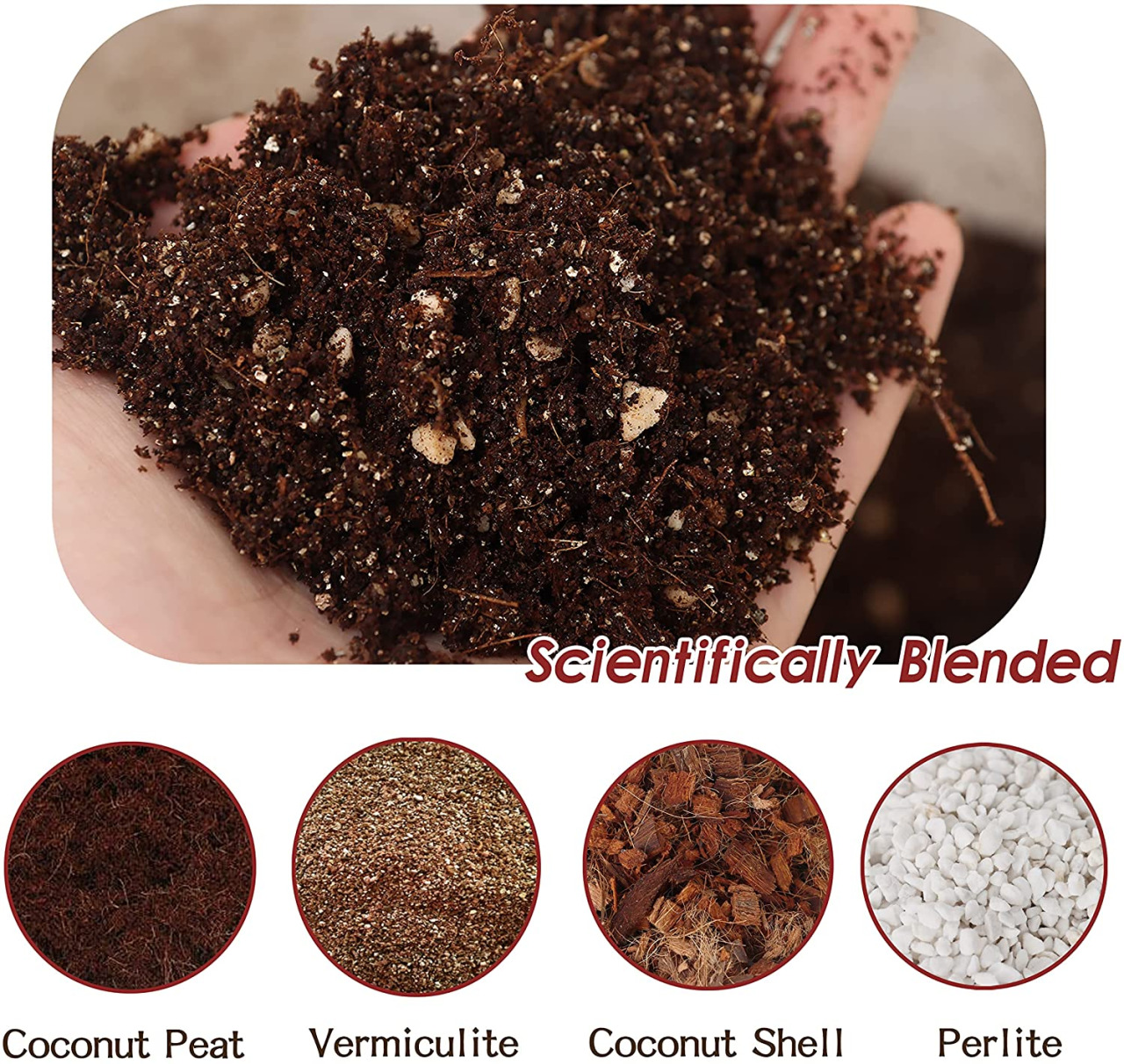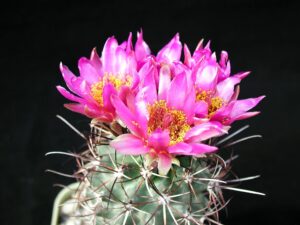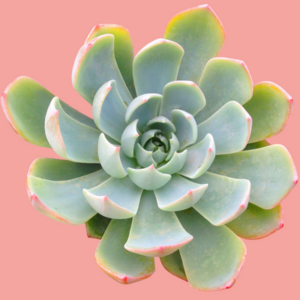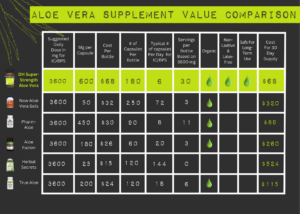Succulent plants have garnered significant popularity in recent years, not only for their aesthetic appeal but also for their remarkable resilience. To ensure these plants thrive, it is imperative to provide them with an appropriate soil mixture that caters to their unique requirements. This article delves into crafting DIY soil recipes to foster optimal growth for your succulents.
Understanding the unique characteristics of succulent plants lays the foundation for creating an ideal soil mixture. Succulents are remarkable for their ability to store water in their leaves, stems, and roots, making them particularly adept at thriving in arid environments. Their root systems tend to be shallow, necessitating well-draining soil that prevents standing water. When formulating a soil mixture for succulents, it is vital to prioritize proper aeration and drainage while still retaining enough moisture to nourish the plant.
The basic constituents of a succulent soil mixture include organic and inorganic components, which together create an optimal balance for growth. The organic matter aids in moisture retention and provides essential nutrients, while the inorganic elements facilitate drainage and aeration. Below are some common ingredients to consider when crafting your succulent soil mixture.
To create a successful soil blend, we recognize several prominent ingredients:
Coarse Sand: One of the quintessential components for any succulent soil mixture is coarse sand. This material enhances drainage and helps prevent water retention, which is detrimental to succulents. Coarse sand allows excess moisture to escape, preventing root rot and other water-related issues.
Pumice: Often regarded as a miracle ingredient, pumice is a lightweight volcanic rock that creates excellent aeration and drainage. Its porous nature allows air pockets to form, benefiting root respiration. Additionally, pumice can retain a small amount of moisture, providing a balanced solution for your succulent plants.
Perlite: Another remarkable ingredient to consider is perlite, a lightweight, mineral additive that increases aeration and drainage. Similar to pumice, it supports the prevention of compacted soil, securing an environment conducive to healthy root growth. Perlite is particularly effective in promoting the establishment of new roots.
Coconut Coir: This organic fiber, derived from coconut husks, presents an eco-friendly alternative to traditional soil. Coconut coir retains moisture exceptionally well while allowing for proper drainage. When combined with inorganic components, it helps to achieve an ideal equilibrium between aeration and moisture retention.
Now that we have identified some key ingredients, let’s explore a few DIY succulent soil recipes that cater to varied preferences and plant types.
Classic Succulent Soil Mix: This recipe is a simple yet highly effective choice for those just beginning their succulent gardening journey. Combine three parts potting soil, two parts coarse sand, and one part perlite. This mixture creates a balanced blend that delivers nutrients, drainage, and moisture retention for most succulent varieties.
Desert Cactus Mix: For enthusiasts looking to mimic the arid habitats of desert-dwelling succulents, this recipe is ideal. Mix two parts pumice, two parts coarse sand, and one part coconut coir. The pumice lends aeration qualities, while the coconut coir assists in moisture retention, striking a perfect balance for desert cacti and drought-tolerant species.
Fast-Draining Cactus Soil: Ideal for plants that demand exceptionally quick drainage, this mixture consists of equal parts coarse sand, perlite, and pumice. This recipe is particularly effective for succulents that are susceptible to overwatering, ensuring that excess moisture is swiftly released from the root zone.
Customizing Your Mix: While these recipes provide a solid foundation, experimenting with recorded additives is an excellent way to cater to specific plant needs. For instance, adding small amounts of activated charcoal can help purify and aerate the mix. Additionally, incorporating slow-release fertilizers may nourish your plants over time, benefiting their growth without the risk of over-fertilization.
Monitoring Soil Health: After successfully creating your succulent soil mixture, it is essential to regularly check its health and consistency. Over time, components can degrade, leading to compaction— a condition that jeopardizes drainage. Consequently, consider repotting your succulents every one to two years, refreshing their soil and providing them with a vibrant substrate.
Watering Considerations: The process of nurturing succulent plants extends beyond soil composition. Understanding the watering dynamics is equally crucial. Typically, succulents prefer to dry out between waterings. When employing your homemade soil mixture, observe the moisture levels, ensuring you water your plants only when the top inch of soil is dry to the touch. It is critical to note that underwatering is far less detrimental than overwatering for succulents.
Conclusion: Crafting the perfect soil mixture for your succulent plants is an art that requires time, experimentation, and a keen understanding of plant needs. By utilizing simple DIY recipes and incorporating diverse organic and inorganic components, you can create a thriving environment for your succulent plants. Healthy soil is the key to cultivating happy, flourishing succulents that will add beauty to your space. Engage with these solutions, and you’ll find your succulent collection thriving in a customized and nurturing habitat.





Leave a Comment